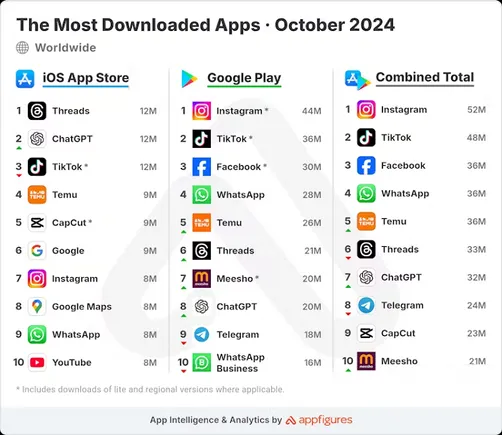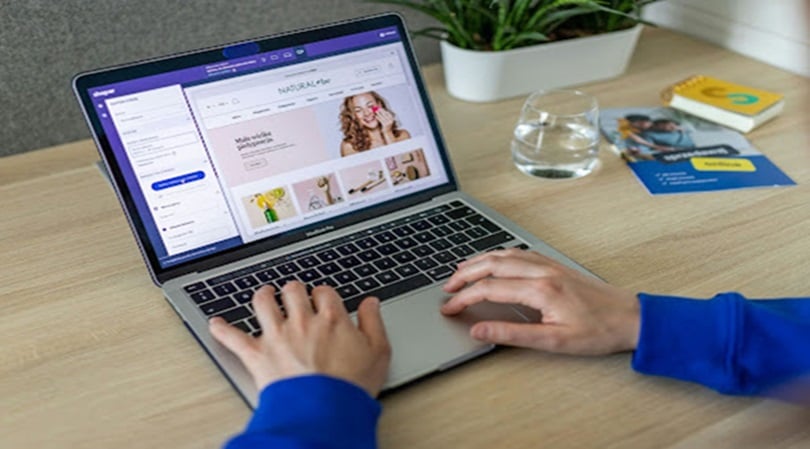Imagine this: It’s 2016, and the word “influencer marketing” is gaining popularity among marketing circles.
Your business is doing well, but you want to kickstart it to the next level. So, pull all the hard stops and partner with some of the mega influencers in the market (you know, the ones with at least a million followers).
And because your business is doing well, you can afford to spend a couple thousand dollars on influencer partnerships.
You see the results coming in, but they’re vanity metrics, and your efforts aren’t converting leads into sales. You realize you’ve hit the wrong mark with influencer partnerships.
That is, until you get a fellow marketer/business owner tells you the trade secret: the real secret sauce of success with influencer partnerships is micro-influencers.
Cue to you coming onto this article to learn about all the reasons you should partner with them. Let’s dive in, shall we?
1. They provide a better return on investment
A large share of the reason many brands prefer to bet on micro-influencers is because they provide a better return on investment (ROI). That’s to say, you get better engagement and lower costs.
In a study conducted by Influencer Marketing Hub, 30% of respondents said they had a preference towards working with micro-influencers, whereas the number of respondents who wanted to work with macro-influencers and celebrities was much less (19% and 12%, respectively).

In another study, micro-influencers have also been shown to provide 60% better engagement rates than macro-influencers.
With that being said, it is to be noted that each type of influencer provides unique benefits for partnering with them (e.g., celebrities are great for brand awareness, whereas micro-influencers are better for engaging with your target audiences).
Thankfully, there are a variety of influencer marketing platforms that can help you identify the right micro-influencer for your business goals. And they don’t need millions of followers to hit the nail on the head. After all, they could be fake followers.
Focus on relevant micro-influencers that have built strong relationships with previous brands and lean towards posting user-generated content.
2. They can help you tap unknown markets
“One lesser-known advantage of using influencer marketing is that it can reach not only the people you’re aiming for but also those you might not have thought about,” says Riva Jeane May Caburog, media co-ordinator at Nadrich & Cohen.
“This happens when influencers, especially smaller ones, attract followers who might not be the main target of your brand but still find it interesting. This wider reach can help your brand grow in unexpected ways.”
“A good example is La Croix Water. They originally wanted to attract Midwestern moms, but when they started working with social media influencers, especially on Instagram, they caught the attention of millennials looking for healthier drinks.”

La Croix Water still relies on micro-influencers to keep in touch with its audience. But you don’t have to be a global brand to leverage such social media strategies.
There’s a growing market for micro-influencers in social media marketing, and it has a lot of potential benefits for small businesses. Social media management is key for small businesses to enhance their online presence. And collaborating with micro-influencers can make a difference.
Micro-influencers, with their smaller but highly engaged and niche-specific audiences, offer a more authentic and relatable approach to brand promotion. Partnering with them allows small businesses to tap into their followers’ trust and loyalty at a fraction of the cost.
The result? Increased brand awareness and credibility to compete with the big dogs.
3. They can have authentic conversations
Because micro-influencers have a smaller follower count, their conversations resonate with their follower list, can touch on their pain points, and are catered to their interests.
This is why if they ever promote a product, it usually seems slightly more authentic than when a celebrity promotes the same product (probably because celebs speak to the masses, whereas influencers speak to a niche audience).
Let’s list down a few examples to go with this statement:
Example #1
Scott Fowler, an actor and a micro-influencer, spoke about the disadvantages of over-the-counter Viagra medication while promoting a product for Hims. This is a particularly sensitive topic, but Scott used an empathic tone and an authentic voice to avoid any negative dialogue in this influencer post.

Example #2
Fashion brands like Daniel Wellington, LeatherCult, and many more have partnered with micro-influencers who prefer to show their unique style with products like watches, hats, custom leather jackets, pants, etc. (aka, all the products these brands deal in).
By aligning with such influencers, they’ve tapped into niche markets, reaching an engaged audience that’s fashion-forward and genuinely interested in their bespoke offerings.

4. They help you create interesting content
Micro-influencers aren’t only great for brand partnerships but also for creating content that’s distribution-worthy.
Not to mention, they take care of the entire process, A to Z.

Taylor Lagace, the author of the above tweet, and a thought leader in the influencer marketing space, also says that once you’ve gotten the content from your influencer partnerships, your work doesn’t end — rather, it’s just begun.
In another tweet, he suggests using this step-by-step process after getting content from influencers:

5. They improve brand credibility
“Micro-influencers tend to have a strong connection with followers, generating greater interest and credibility in a brand while driving real conversions,” says Emily Onkey, CMO of Alpos.
Take, for example, Campus.edu — they partnered up with in-house professors (micro-influencers and thought-leaders in their niche), essentially using their expertise and to bring credibility to their brand.
Other than that, they also build awareness about their faculty and their specific areas of expertise (that’s to say, any person who follows these professors and wants to learn from them would immediately consider Campus.edu for further studies).
Oh, and also, if you perform interviews or raise funding — that (along with the names of the folks who invested or those who interviewed) gets highlighted too!
Just as an example, here’s a recent repost highlighting the funding a founder (and micro-influencer) received for the institution (companies of the investors have been highlighted too):

Social media users loved this post. It’s motivating to see everyday people (read: real people) achieve success. And that’s the secret sauce to successful influencer marketing campaigns.
6. They’re more receptive to your ideas
One thing many experts who’ve worked with influencers agree upon is that micro-influencers are more receptive to your ideas.
[Side note: This is a personal perspective that was highlighted many times.]
“Micro-influencers show much more involvement in the content they provide and tend to deliver bonus pieces in addition to contracted deliverables,” said Mona Mortezaei, Campaign Manager at The Influencer Marketing Factory.

She further added, “What’s more, as they just start to build their social media platforms, they are happy to repost the content on other channels within the contracted rate.”
Sabahet Amjad, marketing specialist at Mailmodo, agreed with this sentiment, too, stating, “At Mailmodo, we found that teaming up with smaller influencers worked better than with big ones.
These smaller influencers have a clear group of followers and make content that fits their interests perfectly. We also noticed that they’re more open to working together on ideas.”
7. They help amplify your core values
The influencers you partner with say a lot about your brands. For example, if Nike partnered with an influencer who goes against its core values, it’d ruin its brand image, wouldn’t it?
So, if you partner with micro-influencers who have the same values as your brand, you not only get engagement from their content, but they also help you amplify your values and core messaging.
For example, if you’re a brand that believes in making social media accessible, it might make sense to partner with an influencer who creates a lot of social accessibility-related content.
8. They’re great for testing products and content formats
Joe Sinkwitz, CEO of Intellifluence, an influencer marketing network, provided us with one of the lesser-known benefits of partnering with micro-influencers.
He said, “By teaming up with micro-influencers on Instagram to provide real, personable reviews of different variations of a preview of the product, brands (like GhostBed) can quickly make a determination of which version has the most community support and spend less time hedging production bets.”
“Along the lines of pre-launch product testing, micro-influencers can be wonderful in testing pricing,” he further added.
“Consider a brand like Chrissy’s Knee High Socks, which could use micro-influencers on TikTok with customized coupons for their audience to the same product that displays at different price points. Performed at scale, this apparel company could quickly find the optimum pricing for a product before releasing it to the broader public.”
Learn more about influencer marketing
The world of micro-influencer marketing is moving. And fast.
The entire concept of influencer marketing is new, too, so this is another reason behind this fast-moving world. Brands are changing their strategies with every passing year, and you might need to too.
And this is where we come in: The Social Media Hat is an award-winning resource specifically created to help business owners and marketers like yourself stay updated about changing trends in social and influencer marketing.
Here, we regularly share expert insights, blogs, events, and podcasts, so you have all the resources you need to improve your marketing strategy. What’s more is that all of these resources are available for free, free, free!
All you need to do to get exclusive content is sign up for our newsletter, and we’ll send you all the information directly to your inbox!










